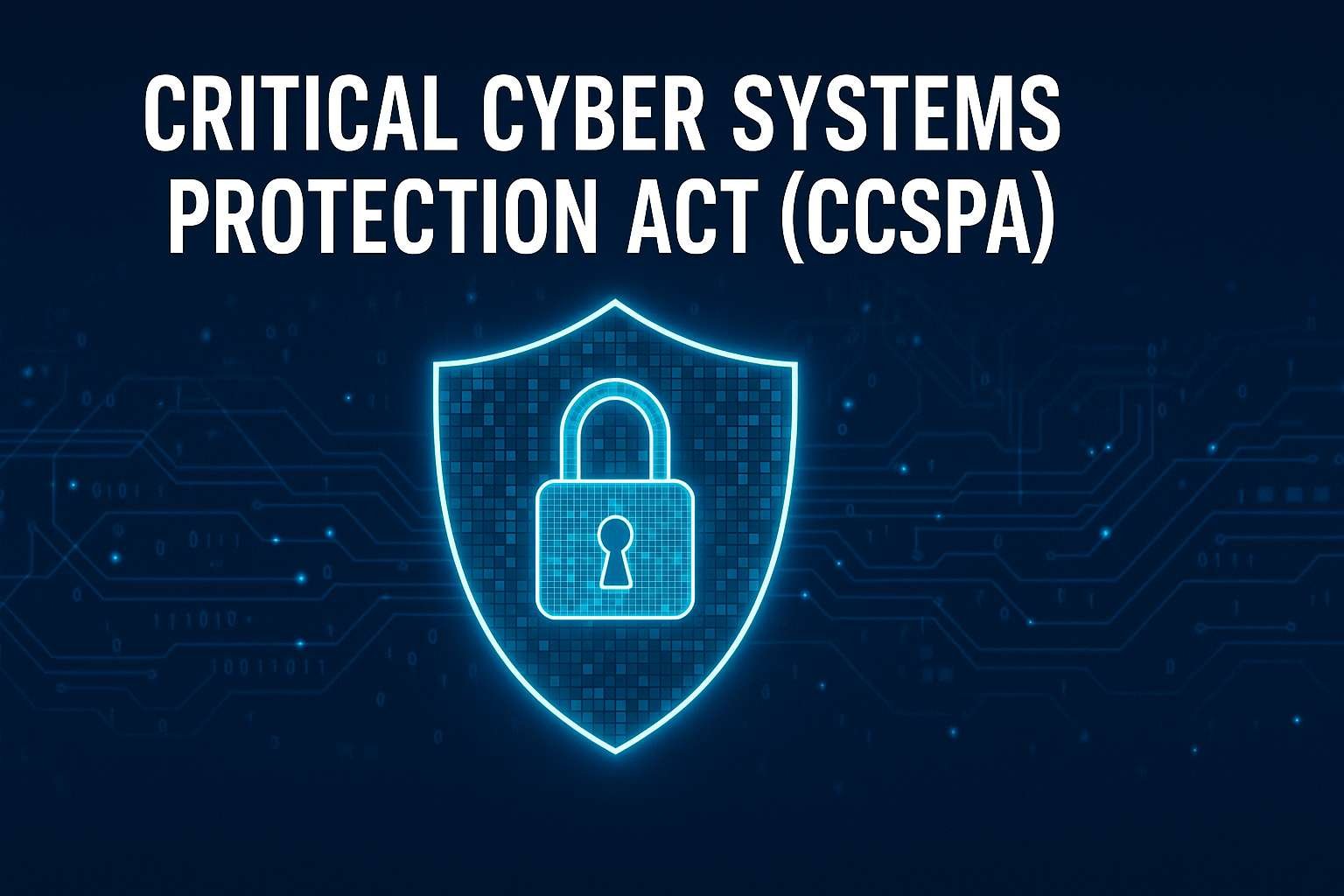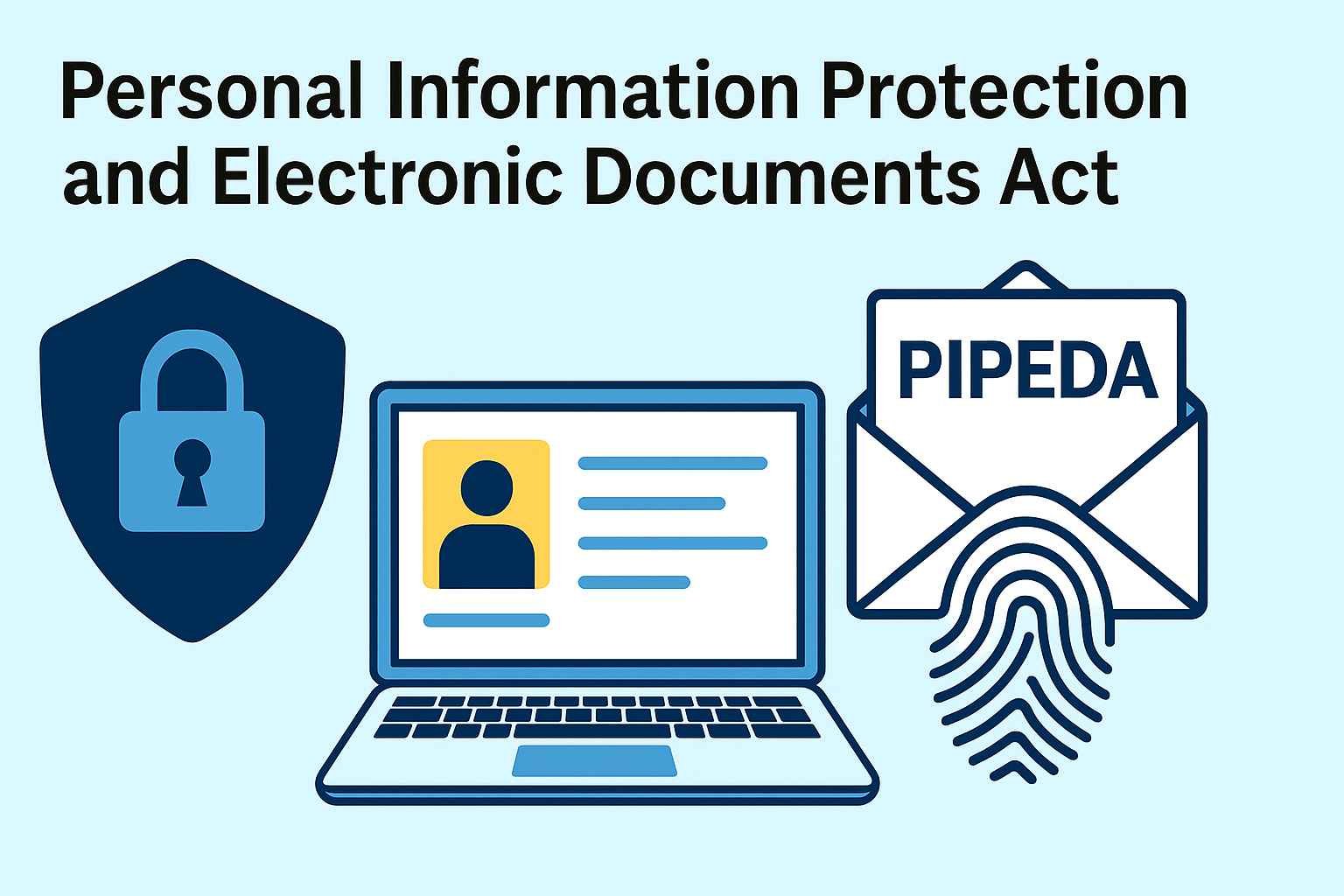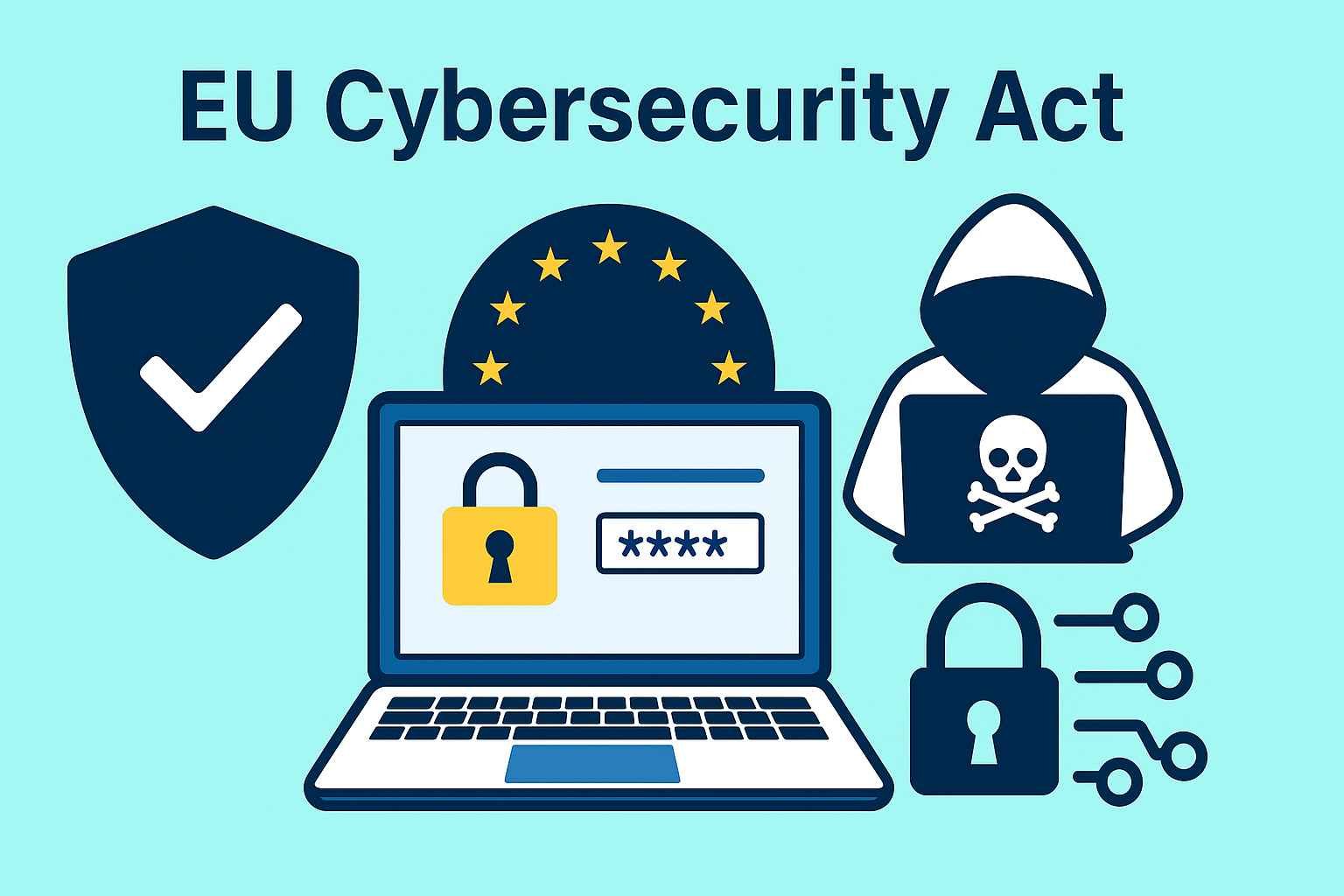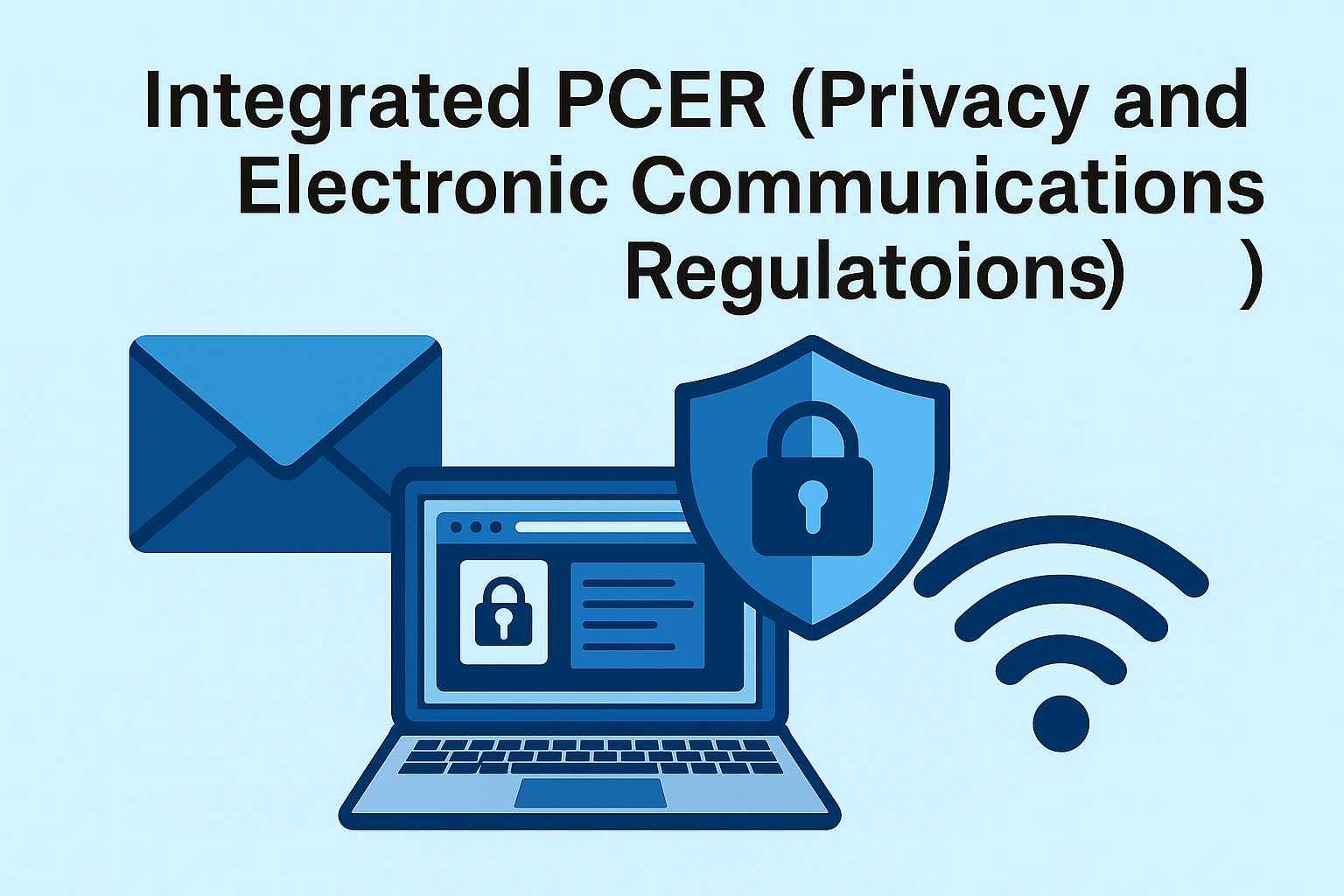On this page you will read detailed information about Classification of Cyber Crimes.
Introduction
In the digital age, cyber crimes have emerged as a major threat to individuals, organizations, and nations. Cyber crimes are unlawful acts committed through the internet or other digital means, targeting systems, networks, or data. These crimes have evolved with advancements in technology, requiring robust measures to mitigate their impact.
As of November 2024, cyber crimes have become more sophisticated, driven by artificial intelligence, blockchain vulnerabilities, and deepfake technologies. This article delves into the classification of cyber crimes to better understand their nature and impact.
What Are Cyber Crimes?
Cyber crimes are offenses carried out using digital platforms or systems, often causing harm to individuals, businesses, or governments. These crimes are not limited to financial fraud but also encompass data breaches, identity theft, cyberbullying, and terrorism.
Classification of Cyber Crimes
Cyber crimes can be broadly classified into several categories based on their target and mode of execution:
1. Cyber Crimes Against Individuals
These crimes directly target individuals to exploit their personal information, harass them, or cause psychological harm. Common examples include:
- Identity Theft:
- Stealing personal information like social security numbers, bank details, or email credentials to impersonate the victim.
- Cyberstalking:
- Using digital platforms to harass, intimidate, or stalk individuals, often leading to severe psychological distress.
- Phishing:
- Sending deceptive emails or messages to manipulate individuals into disclosing confidential information.
- Online Fraud:
- Scams involving fake online shopping websites, lottery schemes, or investment opportunities.
- Revenge Porn:
- Sharing explicit images or videos without consent to harm an individual’s reputation.
2. Cyber Crimes Against Property
These crimes target the disruption, destruction, or theft of digital property and intellectual assets. Examples include:
- Hacking:
- Gaining unauthorized access to computer systems or networks to steal or alter data.
- Ransomware Attacks:
- Deploying malicious software to lock a system and demanding payment for its release.
- Intellectual Property Theft:
- Stealing copyrights, patents, or trade secrets to gain an unfair competitive advantage.
- Denial of Service (DoS) Attacks:
- Overloading a system with traffic to make it unavailable for legitimate users.
3. Cyber Crimes Against Organizations
Organizations, especially businesses, are often targeted by cybercriminals for financial or strategic gain. Common crimes include:
- Corporate Espionage:
- Stealing sensitive business data or trade secrets for competitive advantage.
- Data Breaches:
- Unauthorized access to an organization’s data, exposing confidential customer or employee information.
- Financial Frauds:
- Manipulating online banking systems, stealing credit card data, or executing unauthorized fund transfers.
- Social Engineering Attacks:
- Exploiting psychological manipulation to deceive employees into disclosing confidential information.
4. Cyber Crimes Against Governments
These crimes aim to undermine national security, disrupt critical infrastructure, or spread propaganda. Examples include:
- Cyberterrorism:
- Attacks on government systems to create fear, disrupt services, or influence political outcomes.
- Espionage:
- Gaining unauthorized access to government data or communication systems to obtain sensitive information.
- Critical Infrastructure Attacks:
- Targeting systems controlling utilities like power grids, water supply, or transportation to disrupt public services.
- Defacement of Government Websites:
- Altering or vandalizing official websites to spread disinformation or propaganda.
In the previous post, we had shared information about China’s Cybersecurity Measures Against Hackers, so read that post also.
5. Emerging Categories in Cyber Crimes
With technological advancements, new types of cyber crimes have emerged:
- Cryptojacking:
- Illegally exploiting a person’s computer resources to mine cryptocurrencies.
- Deepfake Scams:
- Using AI-generated fake videos or audio to deceive individuals or spread false information.
- IoT Hacking:
- Leveraging vulnerabilities in smart devices to breach system security.
- Cyberbullying in Virtual Reality:
- Harassment or abuse within virtual environments or the metaverse.
Global Efforts to Combat Cyber Crimes
- Cybersecurity Legislation:
- Many countries have strengthened their cyber laws to address new challenges.
- International Cooperation:
- Initiatives like the Budapest Convention aim to foster global collaboration in combating cyber crimes.
- AI-Powered Cybersecurity:
- Leveraging artificial intelligence to detect and prevent cyber threats in real-time.
How to Protect Against Cyber Crimes
- Use Strong Passwords:
- Ensure your passwords are complex and unique.
- Enable Multi-Factor Authentication:
- Strengthen your account security with an added layer of protection.
- Update Software Regularly:
- Keep systems and applications updated to prevent exploitation of vulnerabilities.
- Educate Yourself:
- Learn to recognize phishing attempts and other common cyber threats.
- Invest in Cybersecurity:
- Use firewalls, antivirus software, and secure networks to protect data.
Conclusion
Cyber crimes continue to evolve, presenting complex challenges for individuals, businesses, and governments. By understanding the classification of these crimes, stakeholders can adopt effective measures to mitigate risks. Collaborative efforts between governments, organizations, and individuals are crucial to building a secure digital ecosystem in the face of ever-changing cyber threats.
Disclaimer
The information and services on this website are not intended to and shall not be used as legal advice. You should consult a Legal Professional for any legal or solicited advice. While we have good faith and our own independent research to every information listed on the website and do our best to ensure that the data provided is accurate. However, we do not guarantee the information provided is accurate and make no representation or warranty of any kind, express or implied, regarding the accuracy, adequacy, validity, reliability, availability, or completeness of any information on the Site. UNDER NO CIRCUMSTANCES SHALL WE HAVE ANY LIABILITY TO YOU FOR ANY LOSS OR DAMAGE OF ANY KIND INCURRED AS A RESULT OR RELIANCE ON ANY INFORMATION PROVIDED ON THE SITE. YOUR USE OF THE SITE AND YOUR RELIANCE ON ANY INFORMATION ON THE SITE IS SOLELY AT YOUR OWN RISK. Comments on this website are the sole responsibility of their writers so the accuracy, completeness, veracity, honesty, factuality and politeness of comments are not guaranteed.
So friends, today we talked about Classification of Cyber Crimes, hope you liked our post.
If you liked the information about Classification of Cyber Crimes, then definitely share this article with your friends.
Knowing about laws can make you feel super smart ! If you find value in the content you may consider joining our not for profit Legal Community ! You can ask unlimited questions on WhatsApp and get answers. You can DM or send your name & number to 8208309918 on WhatsApp








